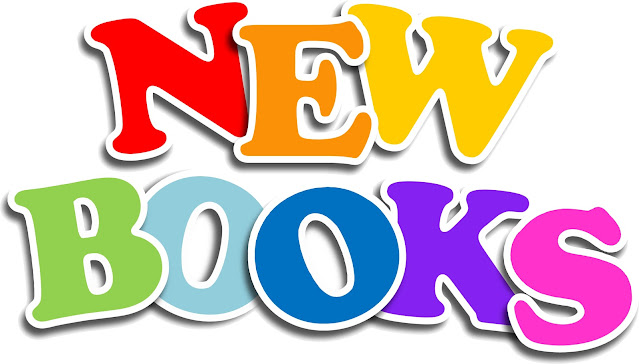Std-8 Gujarati Sem-1 Digital E-Book Download
There are many potential advantages to digital textbooks. They may offer lower costs, make it easier to monitor student progress, and are easier and cheaper to update when needed. Open source e-textbooks may offer the opportunity to create free, modifiable textbooks for basic subjects, or give individual teachers the opportunity to create e-texts for their own classrooms.
They may offer better access to quality texts in the developing world. For this reason, many schools and colleges around the world have made the implementation of digital textbooks a central component of education policy. For example, in South Korea, reading materials in all public schools will be digitized by 2015. In the United States, the Federal Communications Commission aims for every student to be able to access e-texts by 2017.
However, the transition to e-textbooks is costly, complex, and controversial. Students express a strong preference for printed materials in many surveys and across cultures. Many interconnected factors, from device access to digital literacy to teaching methods, affect the implementation of digital textbooks in the classroom. Issues of overall value, book quality, privacy, and intellectual property have yet to be resolved.
Because digital textbooks must be accessed through an electronic device, such as a laptop or e-reader, schools and colleges must determine how to provide access to all students. Many school districts are now offering "one to one" technology programs, in which a tablet or laptop is issued to each student.
An alternative to one-to-one is to ask students to use their own electronic devices in class. This is called Bring Your Own Divide (BYOD) or, sometimes, Bring Your Own Technology (BYOT). BYOD allows students to choose their preferred device for studying.
Compared to one-to-one, it decreases the technology and maintenance costs for institutions. But not all students' devices may be compatible with the digital textbooks require for a class, and the devices may not be able to network with each other. A BYOD approach may also count out students who cannot afford a computer, e-reader, or smartphone.

